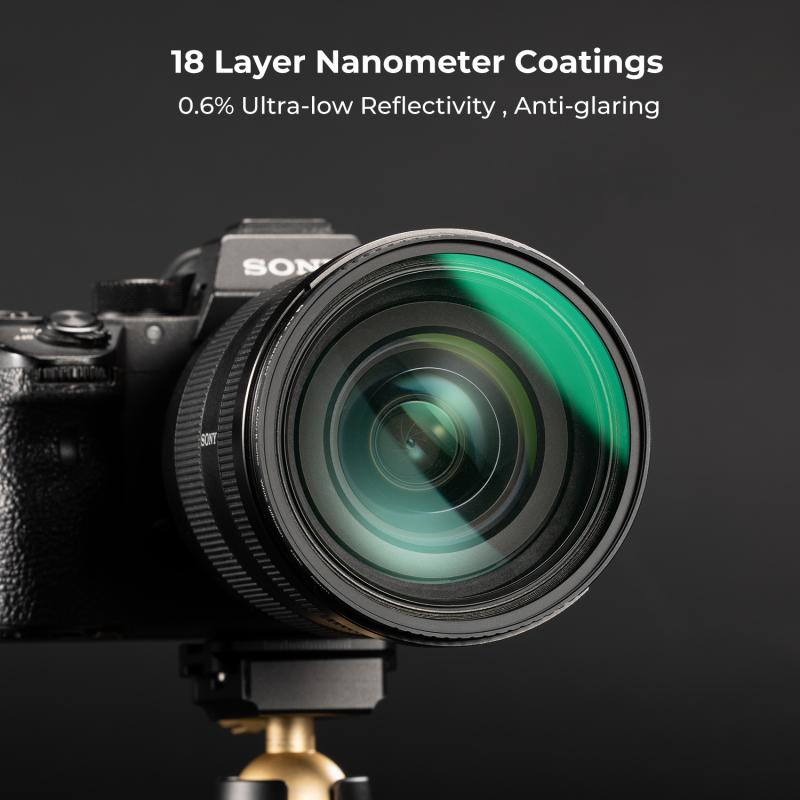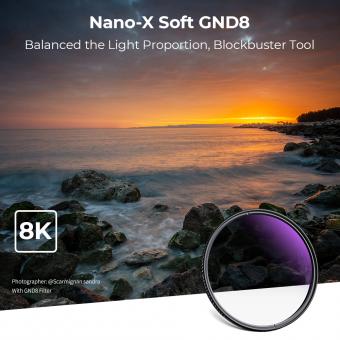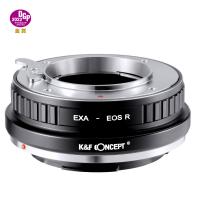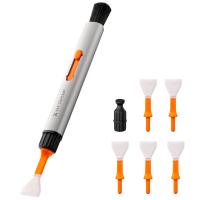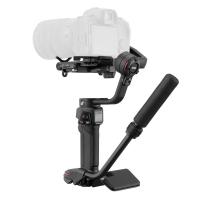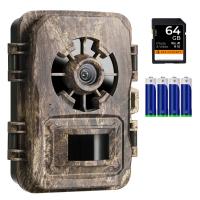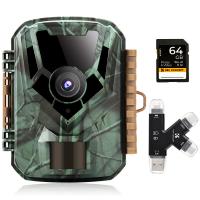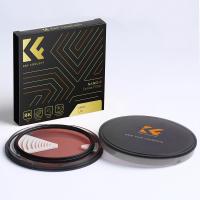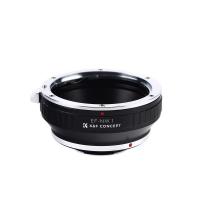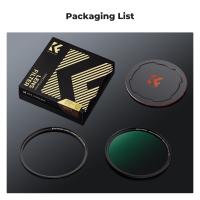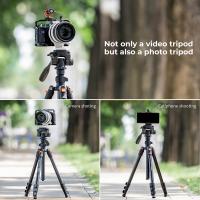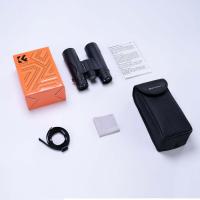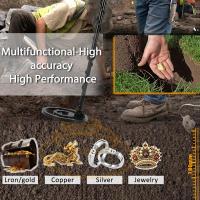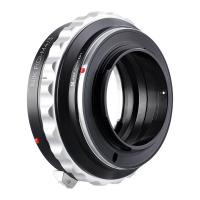What Filter For Landscape Photography ?
A polarizing filter is commonly used for landscape photography. It helps to reduce glare and reflections from water, foliage, and other non-metallic surfaces, resulting in more vibrant colors and increased contrast. Additionally, it can darken the sky and enhance cloud definition. Graduated neutral density filters are also popular for landscape photography, as they help to balance the exposure between the bright sky and darker foreground. This can be particularly useful during sunrise or sunset when the sky is much brighter than the landscape.
1、 Polarizing filters
What filter for landscape photography? One of the most popular and effective filters for landscape photography is the polarizing filter. This filter helps to reduce glare and reflections from non-metallic surfaces such as water, glass, and foliage, resulting in more vibrant and saturated colors in your images. It also helps to enhance the contrast and clarity of the sky, making it appear bluer and more dramatic.
Polarizing filters come in two types: circular and linear. Circular polarizers are the most commonly used type and are compatible with all modern cameras, while linear polarizers are best suited for older film cameras. When using a polarizing filter, it's important to adjust the angle of the filter to achieve the desired effect. Rotating the filter can increase or decrease the amount of polarization, allowing you to control the amount of reflection and glare in your image.
While polarizing filters are a great tool for landscape photography, they do have some limitations. They can reduce the amount of light entering the lens, which can result in longer exposure times and the need for a tripod. They can also cause uneven polarization in wide-angle shots, resulting in a dark band across the sky.
Overall, polarizing filters are a valuable addition to any landscape photographer's toolkit. With a little practice and experimentation, they can help you capture stunning and vibrant images of the natural world.
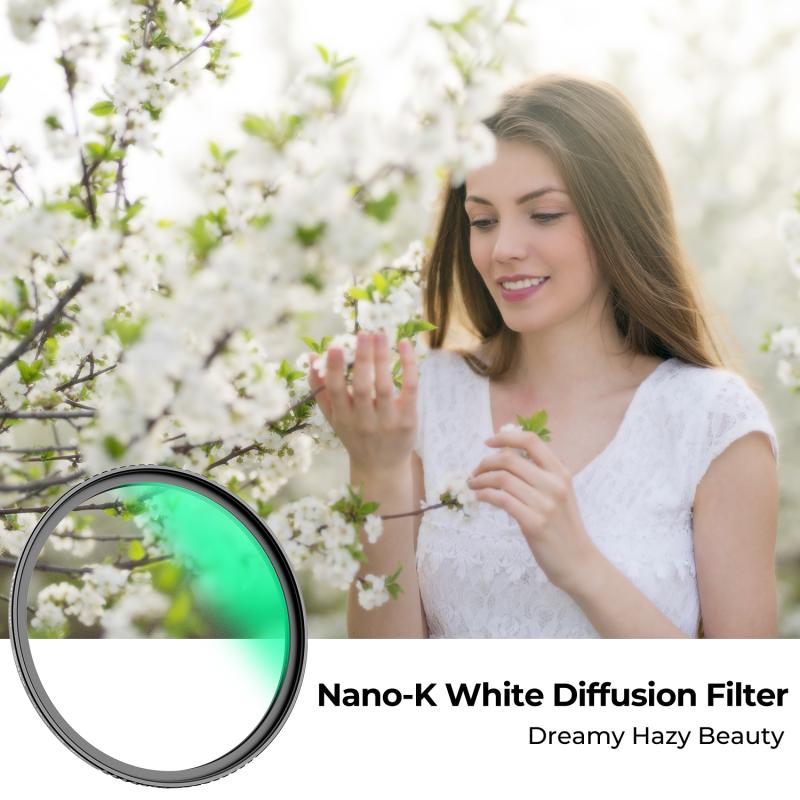
2、 Neutral density filters
What filter for landscape photography? Neutral density filters are a popular choice among landscape photographers. These filters reduce the amount of light entering the lens without affecting the color or contrast of the image. This allows photographers to use slower shutter speeds or wider apertures in bright conditions, creating a range of creative effects such as motion blur or shallow depth of field.
Neutral density filters come in different strengths, measured in stops. The most common strengths are 1-stop, 2-stop, and 3-stop filters, but stronger filters are also available. Some filters are also graduated, meaning they have a darker area at the top that gradually fades to clear at the bottom. These filters are useful for balancing the exposure of a bright sky and a darker foreground.
In recent years, variable neutral density filters have become increasingly popular. These filters allow photographers to adjust the strength of the filter by rotating it, providing more flexibility in changing light conditions. However, some photographers have raised concerns about the potential for color cast or image quality issues with variable ND filters.
Overall, neutral density filters are a versatile tool for landscape photographers, allowing them to create unique and creative images in a variety of lighting conditions.
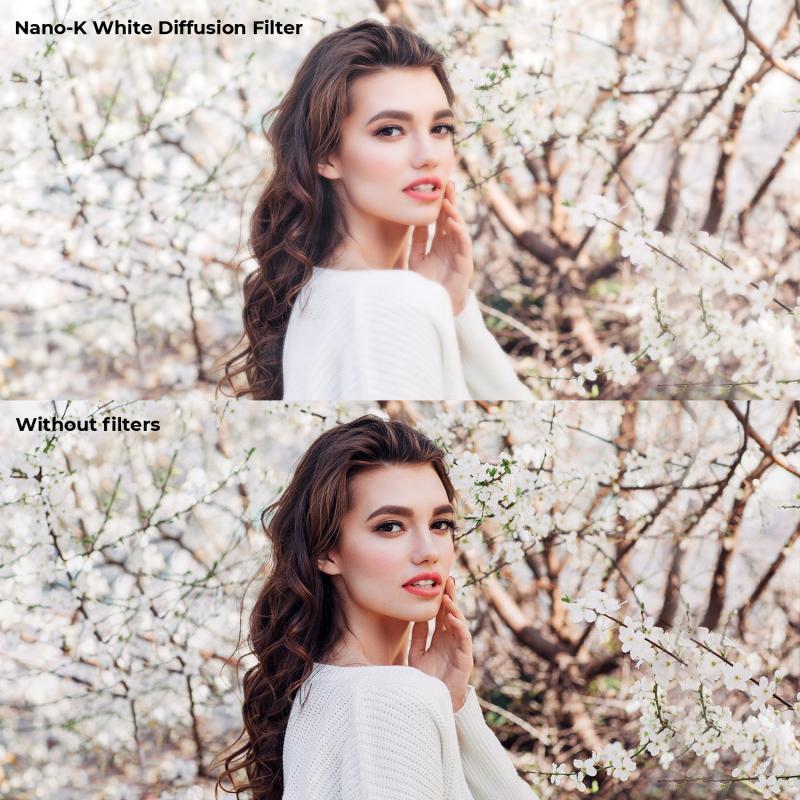
3、 Graduated neutral density filters
What filter for landscape photography? Graduated neutral density filters are a popular choice among landscape photographers. These filters are designed to balance the exposure of the sky and the foreground in a landscape photo. They work by darkening the bright areas of the image, such as the sky, while leaving the darker areas, such as the foreground, untouched.
Graduated neutral density filters come in different strengths, from light to heavy, and can be either hard or soft-edged. Hard-edged filters have a sharp transition between the dark and light areas, while soft-edged filters have a more gradual transition. The choice of filter strength and edge type depends on the scene and the photographer's preference.
While some photographers prefer to achieve the same effect in post-processing, using a graduated neutral density filter in-camera can save time and produce more natural-looking results. Additionally, using a filter can help preserve the dynamic range of the scene, which can be lost when adjusting exposure in post-processing.
However, some photographers argue that using filters can be cumbersome and time-consuming, and that post-processing techniques can achieve similar results. Ultimately, the choice of whether to use a graduated neutral density filter or not depends on the photographer's style and workflow.
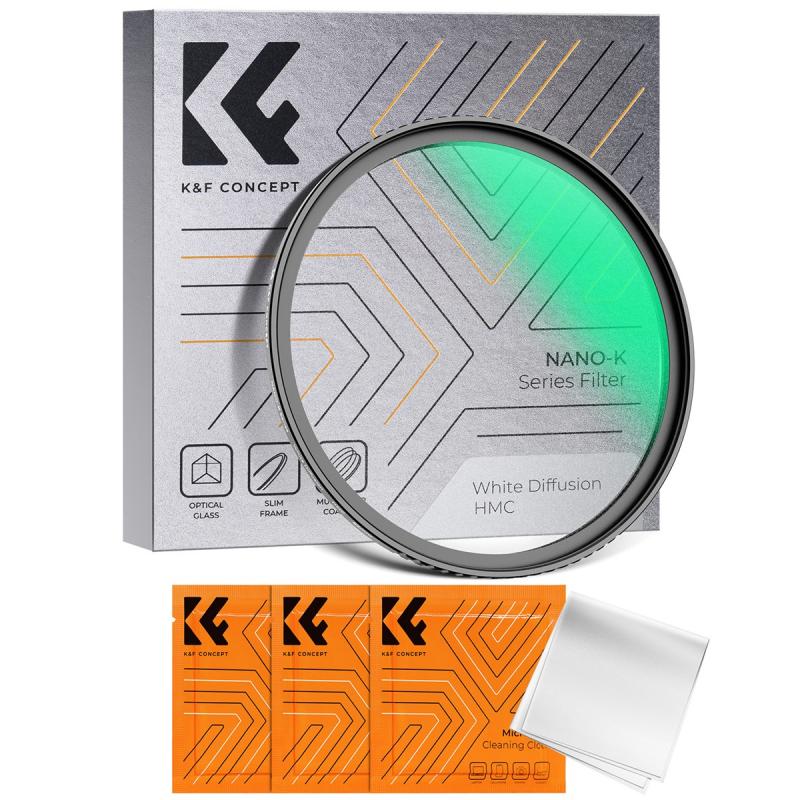
4、 UV filters
What filter for landscape photography? One of the most popular filters for landscape photography is the UV filter. UV filters are designed to block ultraviolet light, which can cause a blueish haze in your photos. By using a UV filter, you can reduce this haze and improve the overall clarity of your images.
However, there has been some debate in recent years about the necessity of UV filters. Some photographers argue that modern digital cameras already have UV filters built into their sensors, making an additional filter unnecessary. Others argue that UV filters can actually degrade image quality by introducing unwanted reflections and reducing contrast.
Despite this debate, many photographers still choose to use UV filters for their landscape photography. If you do decide to use a UV filter, it's important to choose a high-quality filter that won't degrade your image quality. Look for filters made from high-quality glass and coated with anti-reflective coatings to minimize unwanted reflections.
Ultimately, the decision to use a UV filter for landscape photography is a personal one. Some photographers swear by them, while others prefer to go without. It's up to you to decide what works best for your photography style and equipment.
